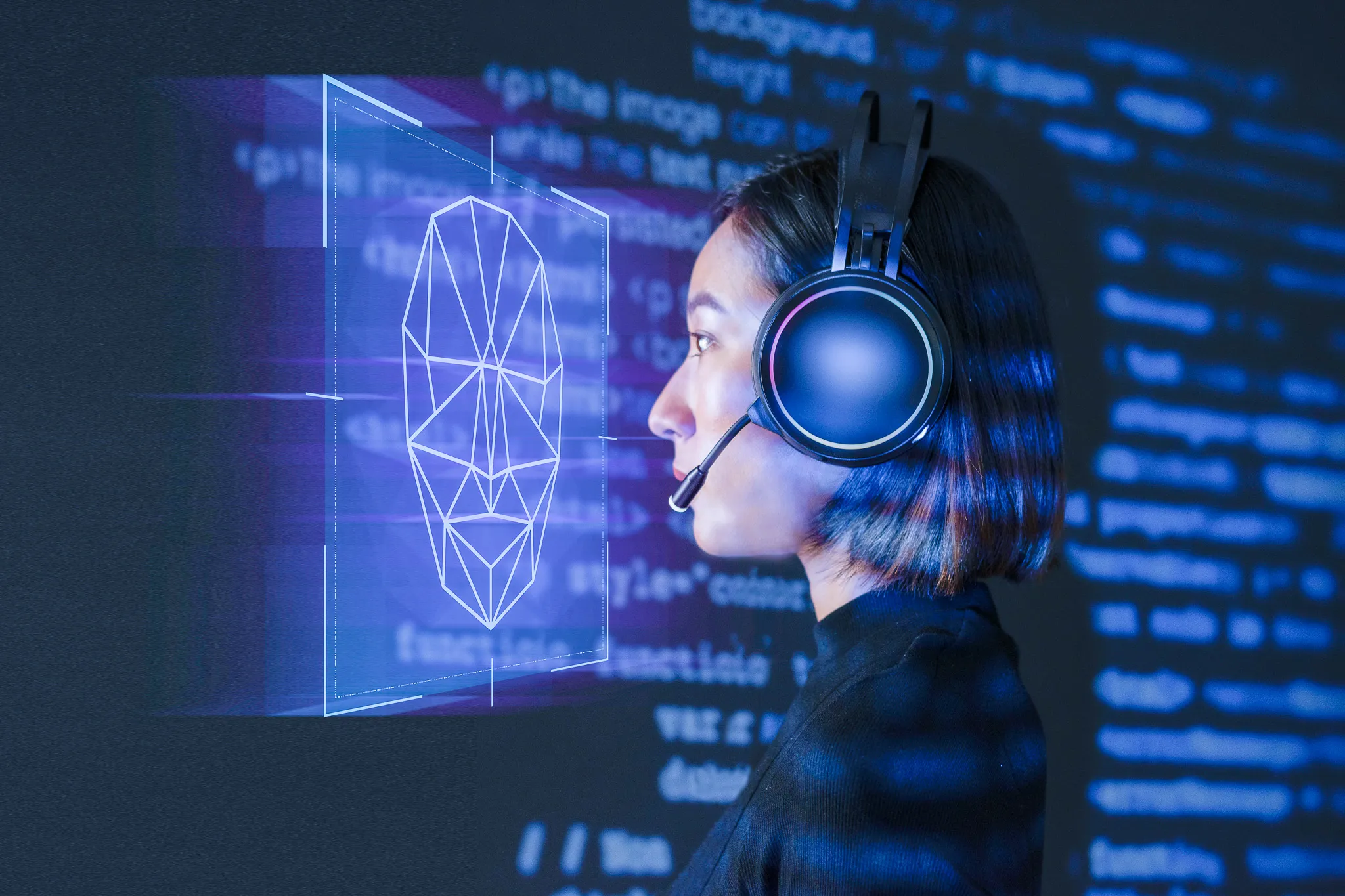How to Create AI Chatbot Using Deep Learning
May 26th, 2023 - Aptaworks
In today's digital era, AI chatbots have become a popular tool for enhancing customer experiences and streamlining communication. These technologies are created using deep learning, a subset of artificial intelligence offering powerful techniques to create intelligent chatbots.
Read on for a step-by-step guide on building an AI chatbot using deep learning techniques!
Steps to Build AI Chatbot Using Deep Learning
Define Chatbot Objectives
Clearly outline the purpose and goals of your chatbot. Identify the tasks it should perform and the target audience it will engage with. This will help shape the design and functionality of your chatbot.
Gather and Prepare Data
Collect a substantial dataset of conversational data to train your chatbot. This dataset should consist of pairs of input queries and corresponding responses. Preprocess the data by cleaning and formatting it to ensure optimal performance during training.
Choose a Deep Learning Framework
Select a deep learning framework like TensorFlow, PyTorch, or Keras that supports natural language processing (NLP) capabilities. These frameworks provide the necessary tools and libraries for building and training deep learning models.
Design the Neural Network Architecture
Create a suitable architecture for your chatbot using recurrent neural networks (RNNs) or transformers. RNNs, such as Long Short-Term Memory (LSTM), are commonly used for sequential data processing, while transformers excel in capturing contextual relationships.
Train the Model
Divide your dataset into training and validation sets. Train the model using the training set and fine-tune it by adjusting hyperparameters, such as learning rate and batch size. Continuously evaluate the model's performance on the validation set to ensure optimal results.
Implement Natural Language Processing (NLP)
Incorporate NLP techniques such as tokenization, word embedding, and language modeling to enhance the chatbot's understanding and generation of responses. NLP helps the chatbot interpret user queries and generate appropriate and contextually relevant responses.
Deploy and Test Chatbot
Integrate the trained model into a chatbot interface and deploy it on the desired platform. Conduct thorough testing to ensure that the chatbot interacts smoothly, understands user queries accurately, and generates meaningful responses.
Continuous Improvement
Monitor user interactions and gather feedback to improve the chatbot's performance over time. Incorporate user feedback into the training process to refine the chatbot's responses and enhance its conversational abilities.
If you enjoyed this article, then you should enjoy these articles below:

Introduction to Data Science & Machine Learning
Given the explosive growth of data in recent years, it is no surprise that data science has become a rapidly growing field crucial for many industries in Indonesia. Businesses are now actively seeking out professionals who possess the skills to translate vast amounts of company data into informed, or even automated, business decisions. But what is data science all about, and how are machine learning models applied in its practice? Find out the answers in this article!

Using YOLO Algorithm for Real-Time Object Detection
If you are interested in real-time object detection, you have likely come across the term YOLO algorithm. YOLO, which stands for “You Only Look Once,” is a deep learning algorithm used for object detection in real-time video and images. YOLO uses a single neural network to detect objects in images and videos, making it faster and more efficient than other object detection algorithms. How does the YOLO algorithm work, and how is it applied in different technologies that we know today? Read on to find out!
